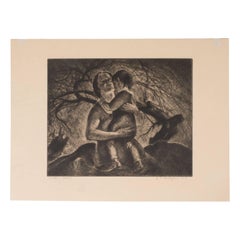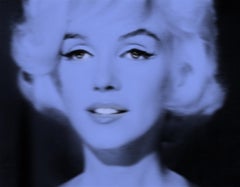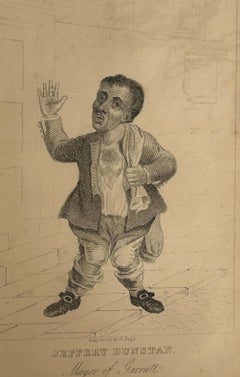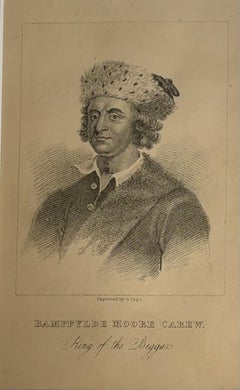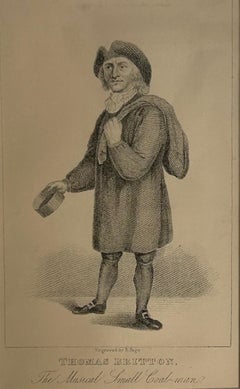Portrait Figurative Prints
1930s American Impressionist Figurative Prints
Etching
2010s Pop Art Figurative Prints
Color, Archival Pigment
2010s Contemporary Portrait Prints
Digital
19th Century Figurative Prints
Engraving
19th Century Figurative Prints
Engraving
19th Century Figurative Prints
Engraving
19th Century Figurative Prints
Engraving
19th Century Figurative Prints
Engraving
19th Century Figurative Prints
Engraving
Early 1900s Victorian Figurative Prints
Lithograph
19th Century Figurative Prints
Lithograph
19th Century Modern Figurative Prints
Etching
1990s Modern Figurative Prints
Lithograph
1980s Modern Portrait Prints
Lithograph
2010s Prints and Multiples
Plexiglass, Photographic Paper
2010s Prints and Multiples
Plexiglass, Photographic Paper
2010s Prints and Multiples
Plexiglass, Photographic Paper
21st Century and Contemporary Contemporary Figurative Prints
Canvas, Linen, Ink, Linocut
2010s Modern Color Photography
Archival Pigment
2010s Figurative Prints
Archival Pigment
2010s Modern Figurative Prints
Archival Pigment
2010s Modern Figurative Prints
Archival Pigment
2010s Modern Figurative Prints
Archival Pigment
Early 2000s Contemporary Prints and Multiples
Paper, Engraving
1980s Contemporary Figurative Prints
Lithograph
1820s Modern Portrait Prints
Etching
1820s Modern Portrait Prints
Etching
1870s Modern Figurative Prints
Etching
Early 2000s Contemporary Prints and Multiples
Paper, Screen
Early 2000s Contemporary Prints and Multiples
Paper, Screen
2010s Surrealist Figurative Prints
Giclée, Canvas
Early 2000s Surrealist Prints and Multiples
Screen
1970s Realist Figurative Prints
Paper, Screen
1820s Modern Portrait Prints
Etching
1820s Modern Portrait Prints
Etching
1820s Modern Portrait Prints
Etching
1820s Modern Portrait Prints
Etching
1820s Modern Portrait Prints
Etching
21st Century and Contemporary Contemporary Figurative Prints
Canvas, Linen, Ink, Linocut
21st Century and Contemporary Contemporary Figurative Prints
Canvas, Linen, Ink
21st Century and Contemporary Contemporary Figurative Prints
Canvas, Linen, Ink, Linocut
1970s Photorealist Figurative Prints
Screen
1820s Modern Portrait Prints
Etching
Late 18th Century Figurative Prints
Paper
1820s Modern Portrait Prints
Etching
Early 1900s Modern Figurative Prints
Drypoint, Aquatint, Etching, Intaglio
2010s Pop Art Figurative Photography
Woodcut
1990s Pop Art Figurative Prints
Screen
1910s Naturalistic Figurative Prints
Etching
2010s Contemporary Prints and Multiples
Paper, Engraving, Etching, Aquatint
Early 2000s Contemporary Prints and Multiples
Paper, Engraving, Etching, Aquatint
Early 2000s Surrealist Figurative Prints
Lithograph
1980s Contemporary Figurative Prints
Lithograph
Early 2000s Contemporary Figurative Prints
Paper, Screen, Engraving, Etching, Aquatint
1970s Figurative Prints
Lithograph
1980s Contemporary Figurative Prints
Lithograph
1970s Expressionist Figurative Prints
Lithograph
2010s Pop Art Figurative Prints
Acrylic
1920s American Realist Figurative Prints
Etching, Aquatint
2010s Figurative Prints
Screen
